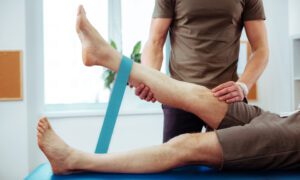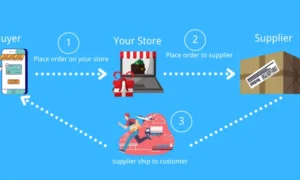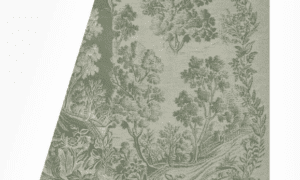It would be awful to wake up every morning with sharp pain in your heel that makes even the simplest tasks feel impossible. Even though there are treatments for heel pain, the best way to get long-term relief is to learn how to handle the healing process. This blog will share the seven best tips to follow during heel pain treatment to help you recover more effectively.
1. Rest and Protect the Heel
When your heel hurts, continuing to put pressure on it can make the pain worse. Give your heel time to heal by avoiding activities that can strain it, such as running or standing for long periods.
If you need to be on your feet, try to take breaks often. Wearing comfortable shoes with good cushioning can also help protect your heel while it recovers. Rest is important because it gives the heel time to repair itself and reduces the chances of the pain getting worse.
2. Apply Ice to Reduce Inflammation
Inflammation can make the pain feel worse, and icing can help control it. You can Apply an ice pack and a cold compress to your heel for 15-20 minutes several times a day. This helps reduce swelling and numbs the area, making the pain more manageable.
Always make sure to wrap the ice pack in a cloth or towel to avoid direct contact with your skin, which can cause frostbite. Icing is a simple, easy way to relieve pain and calm inflammation.
3. Perform Gentle Stretches
Stretching helps loosen the muscles around the heel, like the calf and the plantar fascia, which can relieve tension and reduce pain. Try simple stretches like calf raises or pulling your toes back gently while sitting.
Make sure to do them slowly and carefully to avoid causing more pain or injury. Stretches are an important part of recovery, especially if your heel pain is caused by tight muscles.
4. Use Orthotic Inserts
Orthotics are specially designed shoe inserts that can correct foot alignment and relieve pressure on the heel. You can buy them over the counter, or you might get custom-made inserts from a healthcare professional.
These inserts can help distribute your weight evenly across your foot, reducing the strain on your heel. Wearing orthotics regularly, especially in shoes that lack good support, can make a big difference in reducing heel pain and preventing it from coming back.
5. Take Anti-Inflammatory Medication (If Advised)
Medications like ibuprofen or aspirin reduce inflammation, which can ease pain and help you move more comfortably. It’s important to follow your doctor’s advice on how much to take and for how long.
These medications should be used as a short-term solution while other treatments, like rest and stretching, are helping the heel heal. Taking medication can provide relief, but it’s not a permanent fix, so make sure to use it alongside other treatments.
6. Try Physical Therapy
A physical therapist can guide you through exercises designed to strengthen the muscles around your heel and foot. By making these muscles stronger, you can ease the pain and keep the injury from getting worse.
Therapists may also use treatments like ultrasound or massage to relieve pain and improve healing. The exercises you learn in physical therapy can often be done at home, helping you manage your heel pain over the long term.
7. Use Night Splints (If Recommended)
Night splints keep your foot in a stretched position while you sleep, which can help reduce morning stiffness and pain, especially if you have plantar fasciitis. They work by holding your foot at a 90-degree angle, stretching the plantar fascia and Achilles tendon overnight.
This can help prevent the tightening of the tissues that often happens during sleep, reducing pain when you wake up. While they might feel uncomfortable at first, night splints can be very effective in improving heel pain over time.
Achieve Faster Recovery and Lasting Relief
By following these essential tips during your heel pain treatment, you can promote a faster recovery and prevent future discomfort. Remember, taking the right steps now will help you get back on your feet pain-free, ensuring long-term relief and improved mobility.


































